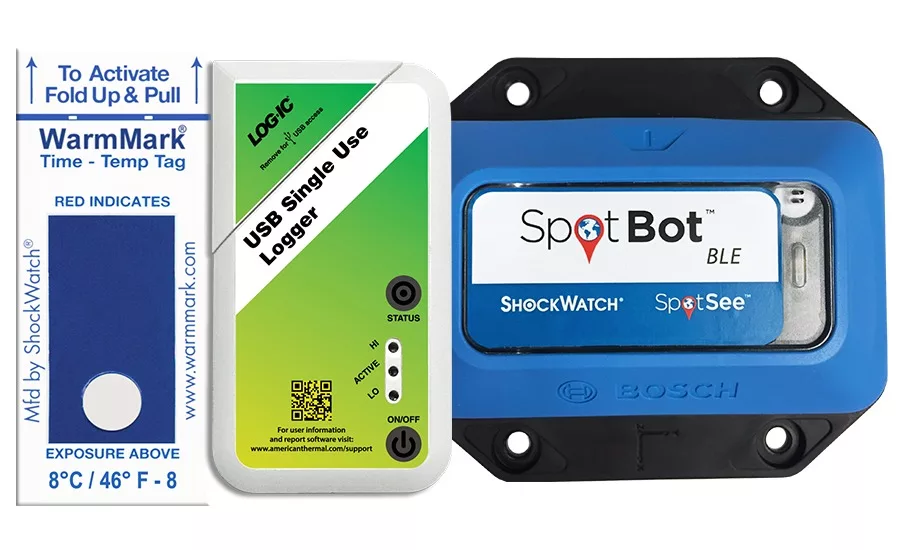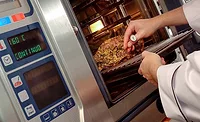Using temperature indicators to keep food out of ‘danger zone’
How processors can keep food at safe temperatures, even during transport.

New rules are being proposed to allow meat packers to slaughter hogs at a faster rate. These new rules are designed to increase plant capacity without compromising food safety. While the effectiveness of these rules is still up for debate, one thing that’s not is the need to keep food fresh and safe for consumers.
Reviewing animals for diseases before slaughter, fighting cross-contamination and maintaining appropriate temperatures are all ways to do this. According to the USDA’s Food Safety and Inspection Service, leaving food out in temperatures that are too warm can cause bacteria to grow to dangerous levels and cause serious illness.
Specifically, the “Danger Zone” for bacteria growth is between 40 degrees Fahrenheit and 140 degrees Fahrenheit. In this zone, bacteria grows most rapidly and can double in number in as little as 20 minutes.
For suppliers, not keeping temperatures below or above this zone could cause disastrous results. At best, food would go to waste and be thrown out. At worst, the supplier would have to issue a recall and pay for damages after finding out the food made consumers ill. In order to avoid this situation, suppliers should use temperature indicators and recorders when transporting food.
These devices introduce accountability measures into the shipping and handling stages. In the event that a temperature excursion occurs, temperature indicators and recorders empower suppliers to take meaningful action to reduce the likelihood of product damage.
One such indicator is SpotSee’s WarmMark. This single-use, ascending time-temperature indicator alerts users of exposure to unacceptable temperature conditions. Refrigeration equipment is not always reliable, and temperatures can vary in trailers, stacks of pallets or warehouses. Additionally, products may pass through multiple handlers during distribution, possibly enduring delays and substandard storage.
The WamMark indicator provides irreversible evidence of exposure to unacceptably warm temperature conditions, aiding in compliance with regulatory guidelines. The indicator alerts users of exposure to unacceptably high temperature conditions and provides the cumulative time of the exposure.
Looking for quick answers on food safety topics?
Try Ask FSM, our new smart AI search tool.
Ask FSM →
To use, simply place the indicator inside the insulated shipper as close to the product being monitored as possible. When the indicator is exposed to temperatures above its threshold activation temperature, a red dye will begin migrating through the run-out window, allowing the user to know how long the product was in the unacceptable condition. They can then make an informed decision on whether or not the product is still safe for consumption.
In addition to safe handling of raw meat, SpotSee’s WarmMark indicator is also applicable for chemicals, chocolate, flowers, meal delivery, pharmaceuticals, specimens and tissue samples.
Whether by land, air or sea, food must be transported at correct temperatures in order for consumers to remain healthy. Instead of using guesswork during transportation, food suppliers should use temperature indicators to ensure all items were handled with care.







